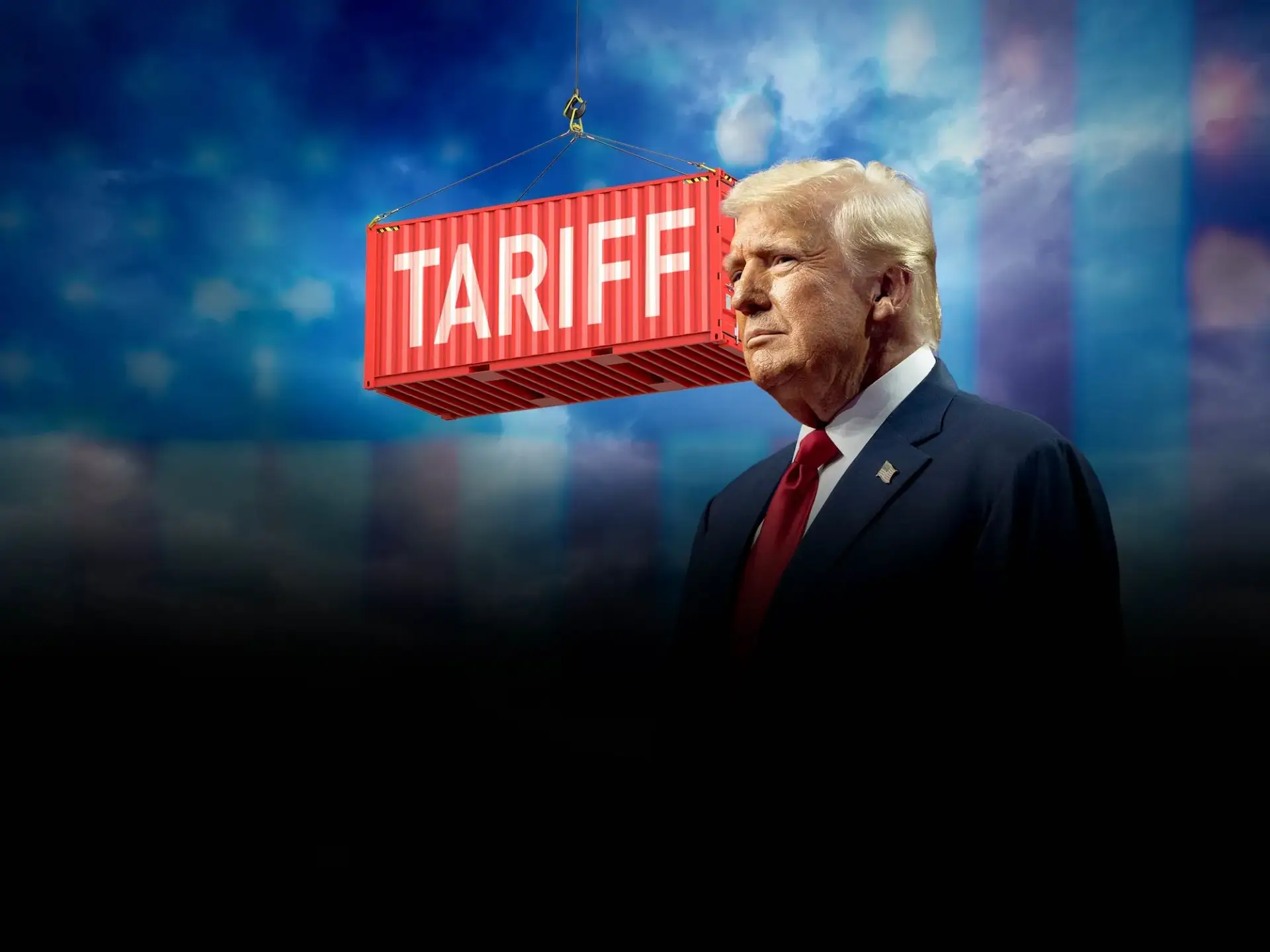Timber Market News
President Trump confirmed on March 3 that tariffs of 25% will be imposed on imports from Mexico and Canada starting March 4, 2025.Associated PressReport.
“Tomorrow — 25% on Canada, 25% on Mexico. That’s going to start,” Trump told reporters at the White House. “They have to pay the tariffs.”
In February, Trump imposed tariffs of $101 billion on Chinese imports, a rate he reiterated on Monday would double to $201 billion on Tuesday.
Canadian energy products, such as oil and electricity, will face lower 10% tariff rates.
Monday night,Federal RegisterTwo unpublished notices appeared on the Bloomberg News website confirming that “tariffs on products from Canada [and Mexico]…will take effect at 12:01 a.m. Eastern Standard Time on March 4, 2025.”
Notices regarding Canada can be found athereFound, the notice regarding Mexico can be found here.
LumberFlow Expert Interpretation
President Trump’s tariff policy will have an immediate impact on the North American lumber supply chain. Due to the implementation of the tariffs, Canadian lumber exports to the United States may drop significantly, resulting in Chinese importers being able to buy Canadian lumber at a lower price.





